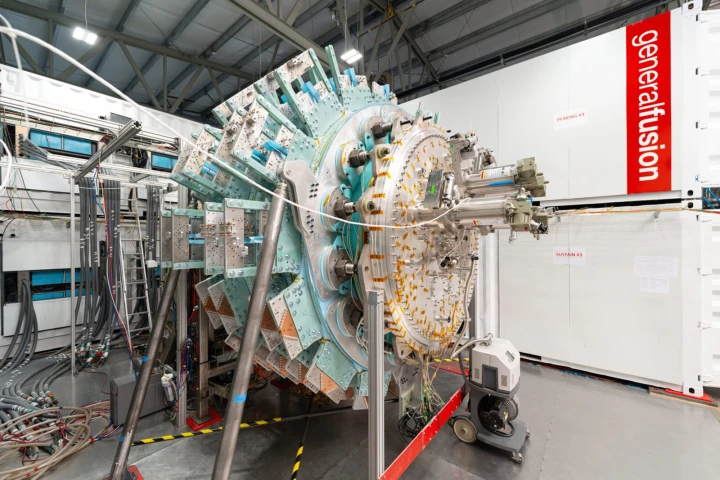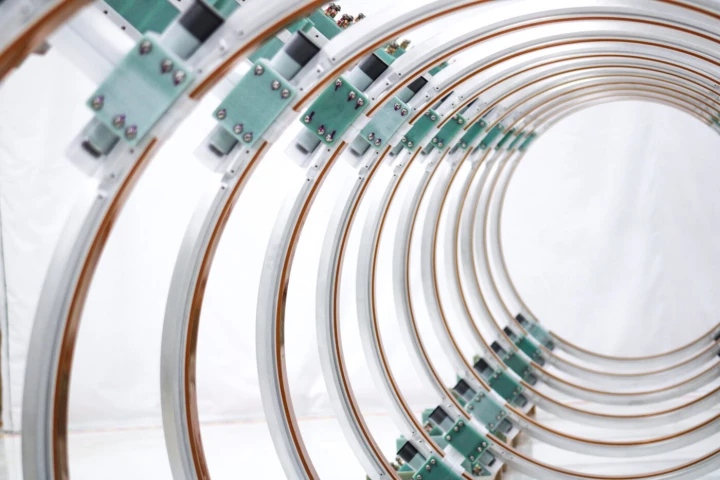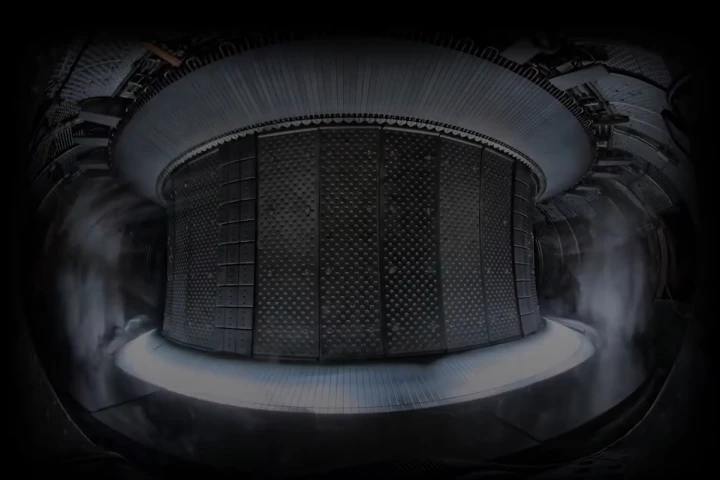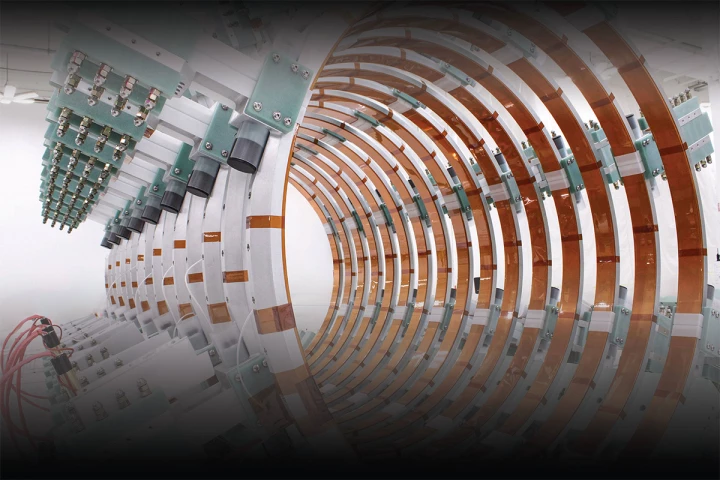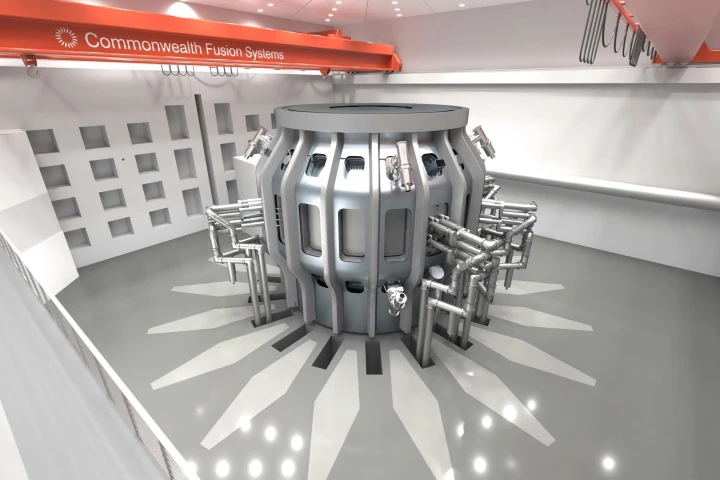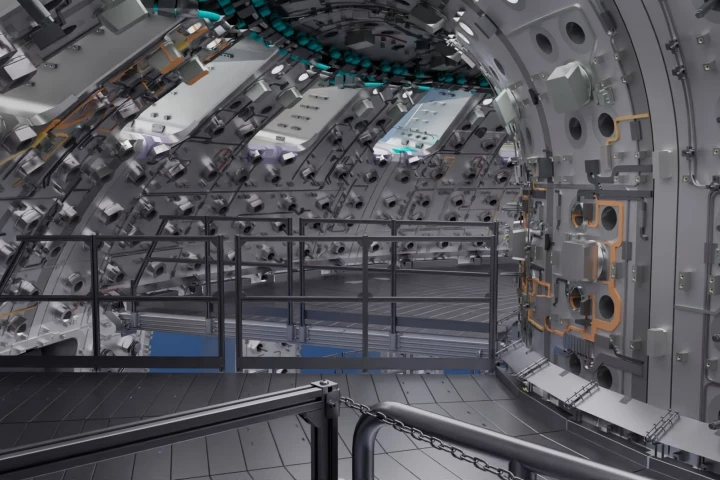Nuclear Fusion
-
Massachusetts-based energy startup Commonwealth Fusion Systems (CFS) has struck a deal to deliver 200 MW of electricity to Google from its upcoming ARC power plant in Chesterfield County, Virginia.
-
Commercial fusion power plants may be cheaper and easier to build thanks to a breakthrough by TAE Technologies that allows reactors to generate their own containment fields without the need for massive magnetic coils and other systems.
-
It seems too good to be true, but UK-based Pulsar Fusion has revealed its new Sunbird self-contained nuclear rocket tug that uses a fusion propulsion engine that could reduce a trip to Mars to under four months and Pluto to under four years.
-
General Fusion has been working on its unique approach to producing clean energy for two decades, and it's now got something major to show for it. The company has created plasma in its prototype reactor – a major milestone in proving its technology.
-
Helion is inching closer to its goal of firing up the world's first fusion reactor to produce usable electricity. It's currently considering a property in the city of Malaga, Washington, to set up a 50-MW facility and power Microsoft's data centers.
-
France has upped the ante in the quest for fusion power by maintaining a plasma reaction for over 22 minutes – a new record. The milestone was reached on Feb. 12 at the Commissariat à l'énergie atomique et aux énergies alternatives WEST Tokamak reactor.
-
Helion just raised $425 million in fresh funding for its bid to be the first to produce electricity through nuclear fusion. That brings the total investment into Helion to $1 billion, and it's aiming to begin delivering power to Microsoft by 2028.
-
China has achieved a major milestone in the quest for practical commercial fusion power. The Experimental Advanced Superconducting Tokamak reactor in Hefei, Anhui Province has set a new record with a 1,066-second sustained fusion reaction.
-
No, this isn't the return of Marvel's Iron Man. Commonwealth Fusion Systems (CFS) has announced plans to build the world's first grid-scale fusion power plant near Richmond, Virginia.
-
Seeking to improve the tokamak fusion reactor known as ITER, researchers have found a way to stop rogue tungsten atoms from shearing off the walls and messing with the plasma. The finding is another important milestone on fusion's road to success.
-
A recent ITER workshop bringing together almost 50 CEOs and senior scientists from private fusion startups suggests that combining the technologies from magnetic and laser fusion experiments could accelerate the development of practical fusion power.
-
With the promise of unlimited energy, Xcimer has raised over US$100 million from investors and the US Department of Energy to develop a high-energy laser system that's intended for use in a practical fusion power plant.
Load More



